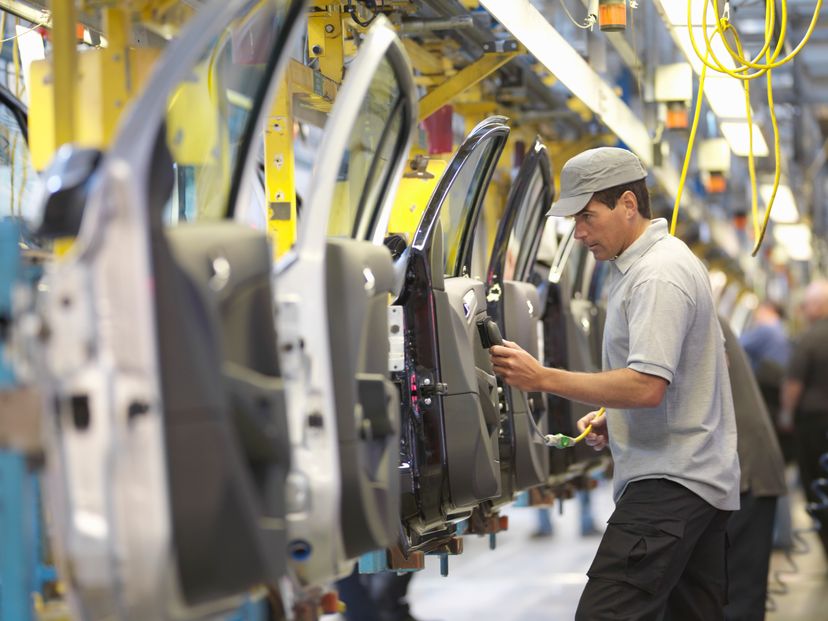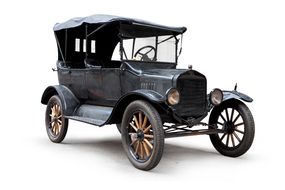While the assembly line led to a mass production system, it also came at the expense of workers. Where teams could build a car from beginning to end before, this system required repetitive and monotonous tasks.
The working conditions led many workers to feel boredom, dissatisfaction and a sense of alienation. The strict division of labor and fast-paced production often resulted in physical and mental strain for employees, leading to high turnover rates and a decline in job satisfaction.
The speed of work on the assembly line was also untenable as employees felt pressured to meet production targets. One said, “The machine that I am on goes at such a terrific speed that I can’t help stepping on it in order to keep up with it. The machine is my boss.”
And while the Ford Five Dollar Day led to high wages for workers, it came with conditions. As Ford dealt with turnover and absenteeism in 1913, the $5 workday was supposed to encourage employees to stay with the company. However, the Ford English School and Ford Sociological Department would determine if workers deserved the $5.
“They received their profits, however, only if they were ‘worthy,’ or had the appropriate habits and life-style and lived in proper homes,” according to the late professor and historian Stephen Meyer. “The counseling of sociological investigators, the publication of pamphlets, the lessons of the Ford English School — all advised and taught immigrant auto workers what Ford officials thought the proper American values, living conditions and work habits were.”
Essentially, these programs overextended control over workers’ lives outside of work.

